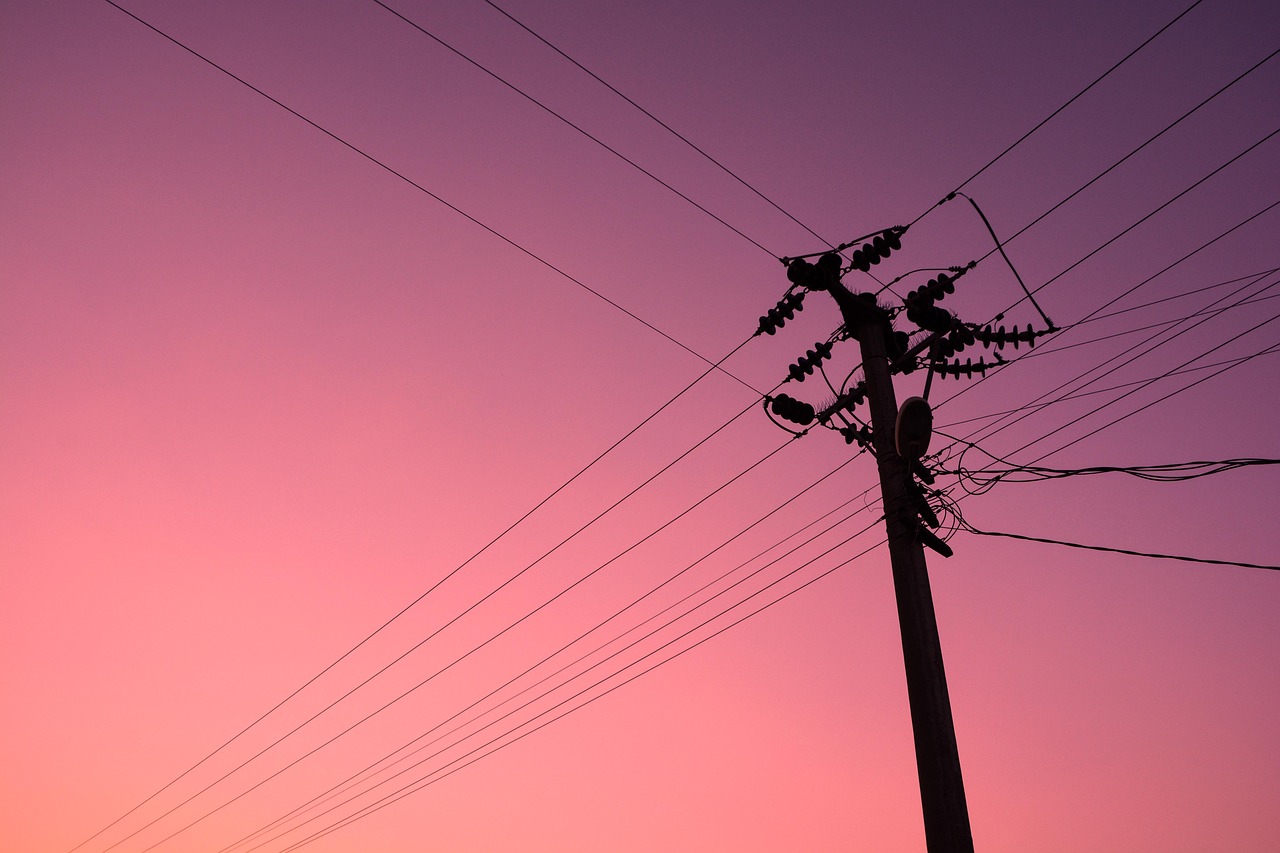Article
Insurance & Credit Agencies Expect More from Electric Utilities

The credibility crisis demands a shift from passive risk assessment to active, demonstrable risk control.
Electric utility risk managers are facing a critical credibility crisis.
While asset-caused wildfire ignitions are a longstanding challenge, the escalating frequency and severity of these events, coupled with the specter liability, have fundamentally altered the landscape.
The disconnect is growing between the elevated perceived risk and the actions by electric utilities to keep up with that risk.
This disconnect is not only impacting insurance costs but also directly threatening credit ratings, placing the financial health of electric utilities nationwide at risk.
The Insurance Industry’s Demand for Measurable Mitigation
Insurers are no longer satisfied with simple risk assessments.
They are demanding concrete evidence of quantifiable risk reduction.
However, most electric utilities struggle to demonstrate and quantify the effectiveness of their mitigation efforts.
Insurers are seeking data that proves a direct correlation between investments and reduced net risk, a higher level of transparency and accountability than have been required historically.
The Credit Agency Perspective is Changing
Credit rating agencies have become deeply involved in assessing wildfire risk, particularly with their long history of engagement with California utilities.
Credit rating agencies are now moving beyond geographic risk assessments and delving into the specifics of utility operations and planning.
Beyond the ‘checkbox’ of a Wildfire Management Plan, agencies are scrutinizing everything from EOC capabilities to the implementation of enhanced trip settings and PSPS, highlighting the need for a comprehensive, data-driven approach to risk mitigation.
Many utilities lack the robust technological infrastructure and operational procedures necessary to demonstrate effective wildfire risk management, placing them both at operational risk for a wildfire, and at financial risk for a credit downgrade.
A Shifting Landscape
A 2024 report by the economic consulting firm, Charles River Associates, indicates over 100 electric utilities have experienced credit downgrades due to wildfire risk.
Even electric utilities in historically “low-risk” areas are being penalized for a lack of demonstrable situational awareness and operational control.
This shift in market perspective underscores the urgent need for them to move beyond reactive measures and implement proactive, data-driven strategies that can be clearly communicated to insurers and credit rating agencies.
The Bottom Line
The future of electric utility financial stability hinges on their ability to move beyond simply assessing wildfire risk.
Successful utilities today demonstrate proactive, data-driven mitigation strategies that are transparent and quantifiable to their insurers, their creditors, their regulators and their communities..
This is not just about securing insurance or maintaining creditworthiness; it’s about building trust with stakeholders and ensuring the long-term resilience of the utility in an increasingly fire-prone environment.
The credibility crisis demands a shift from passive risk assessment to active, demonstrable risk control.


